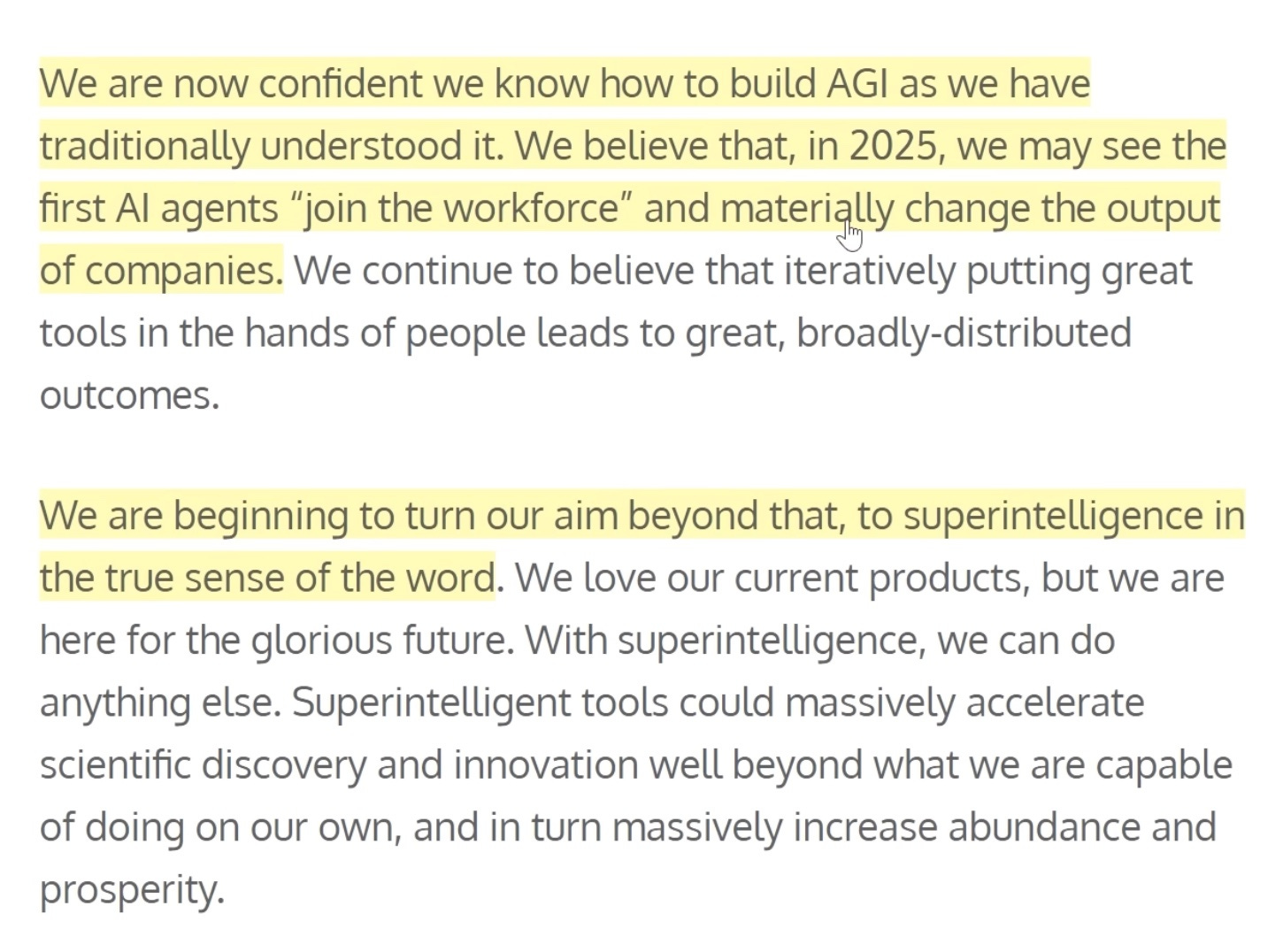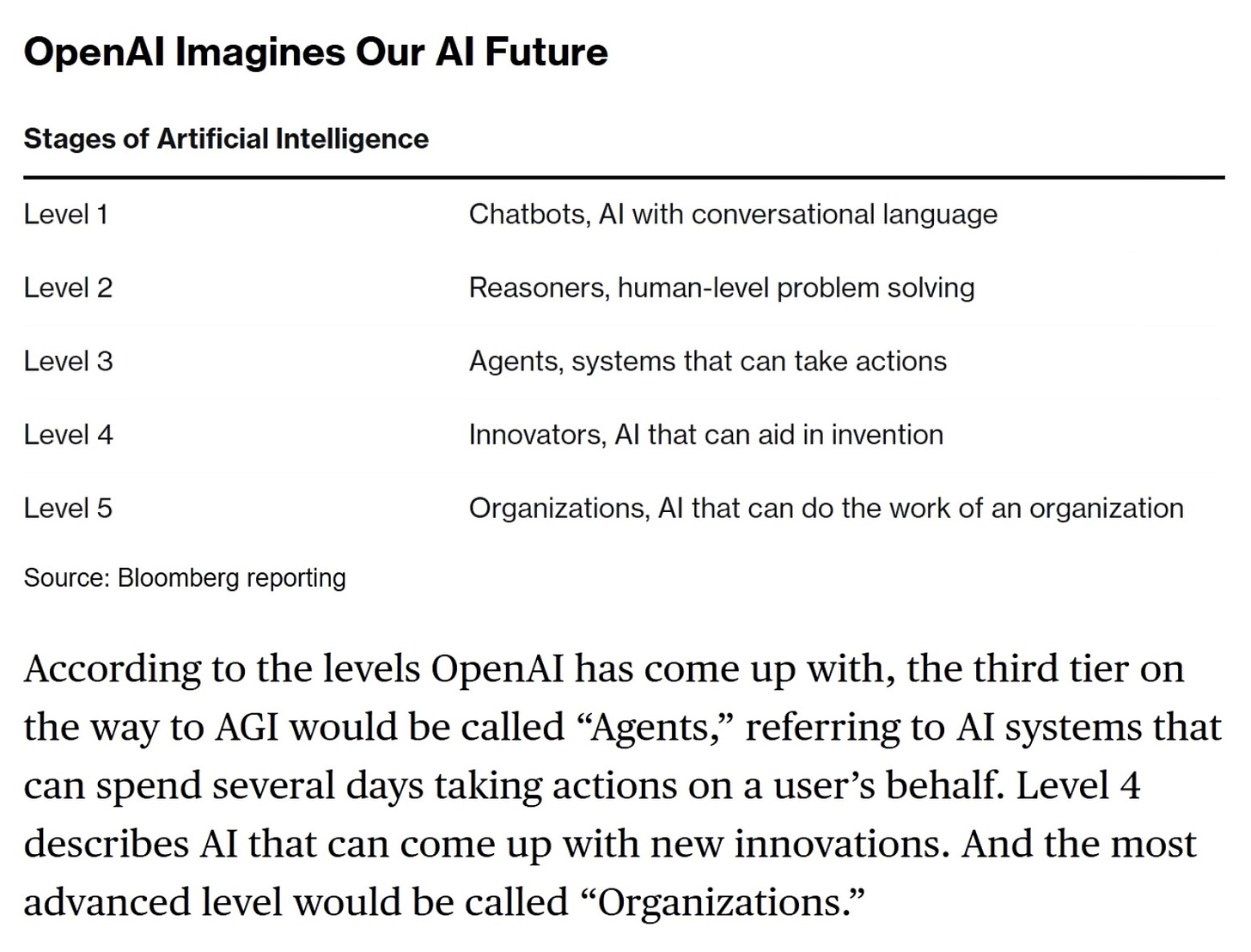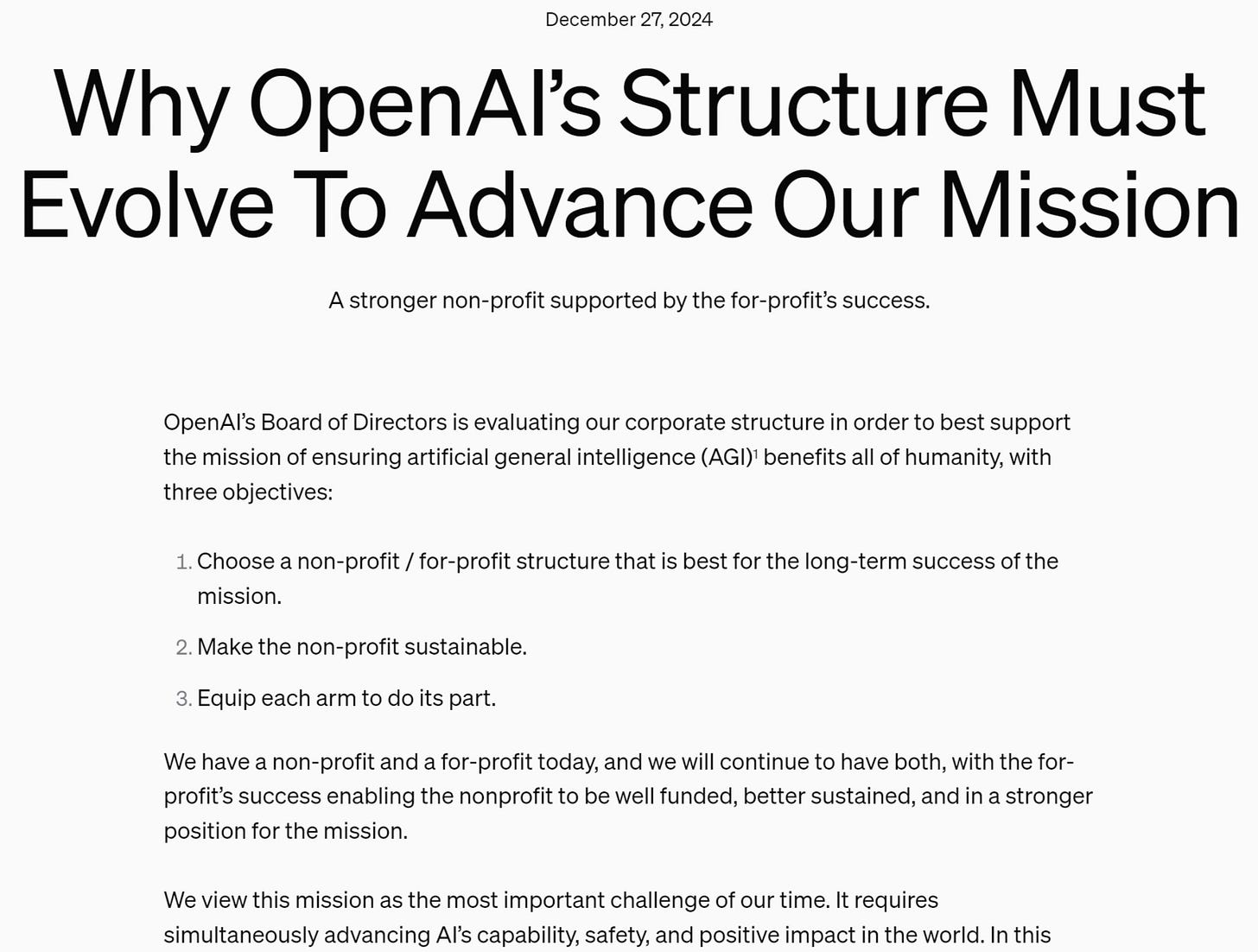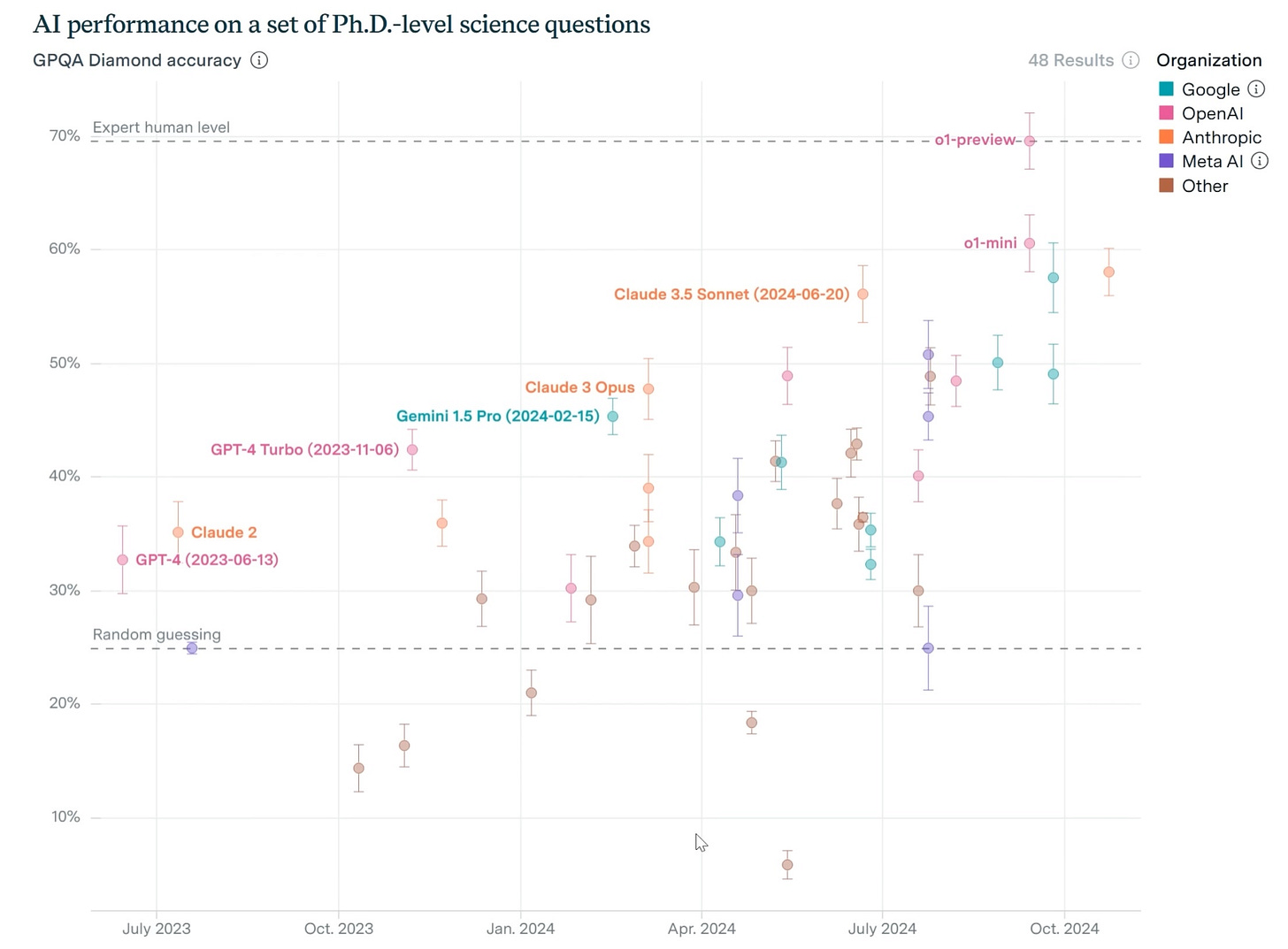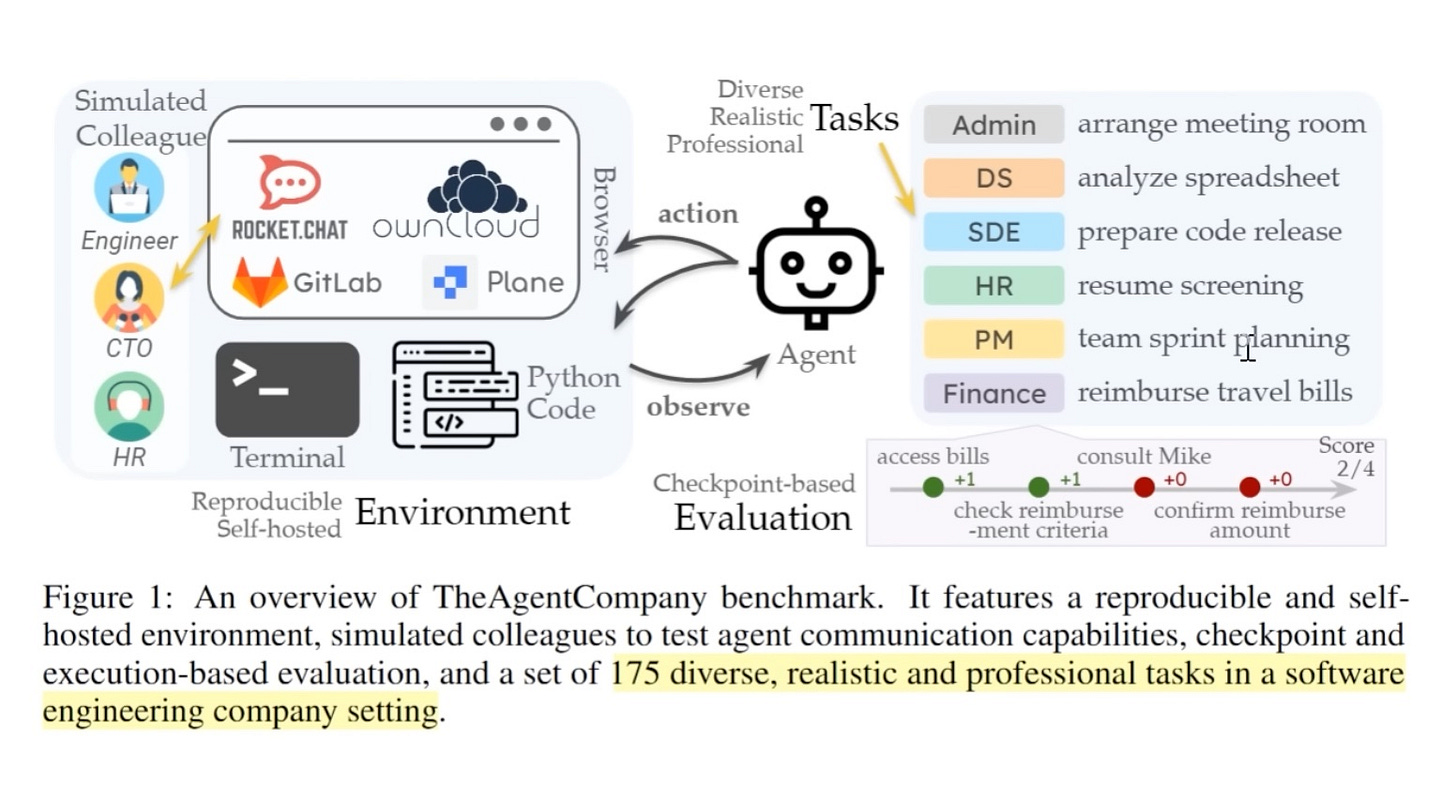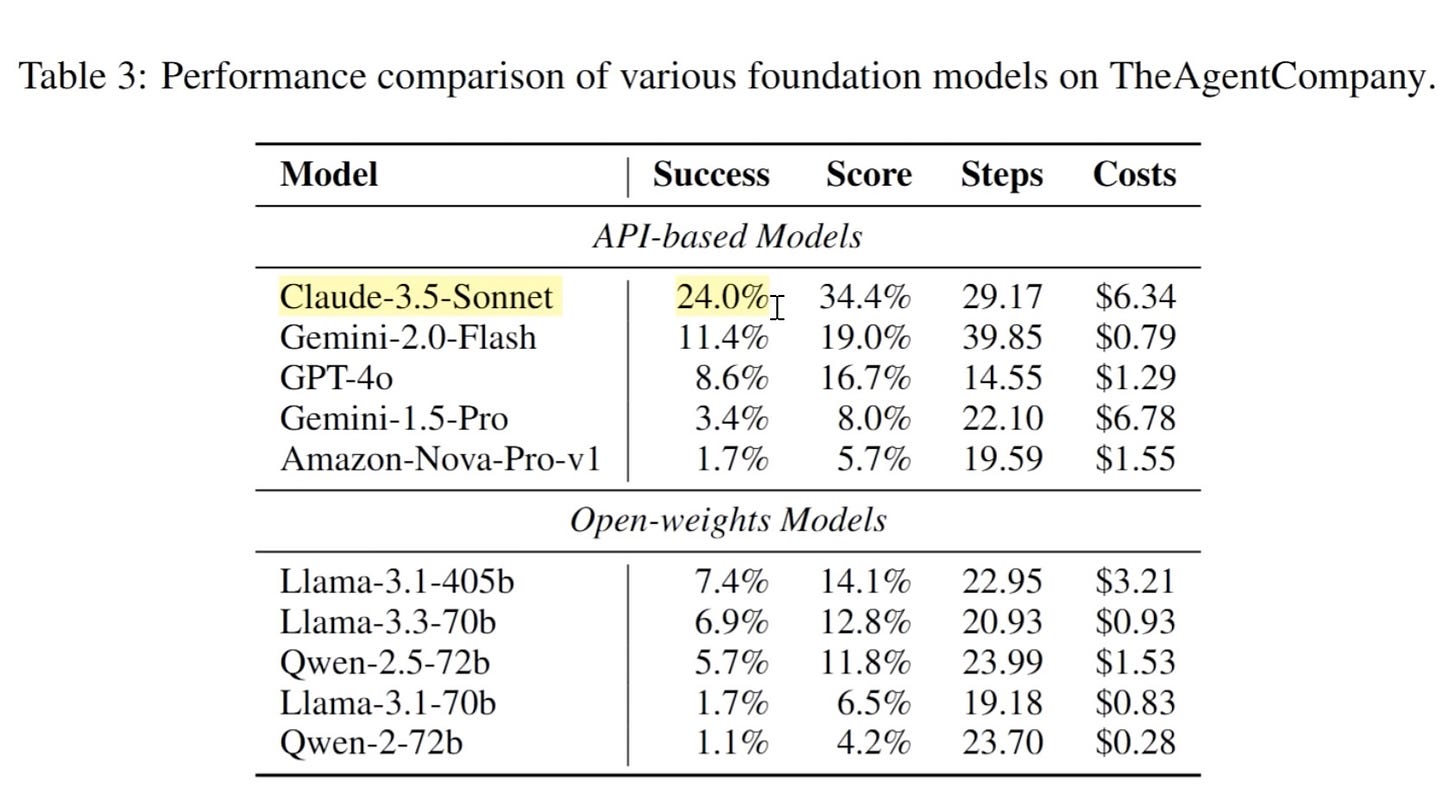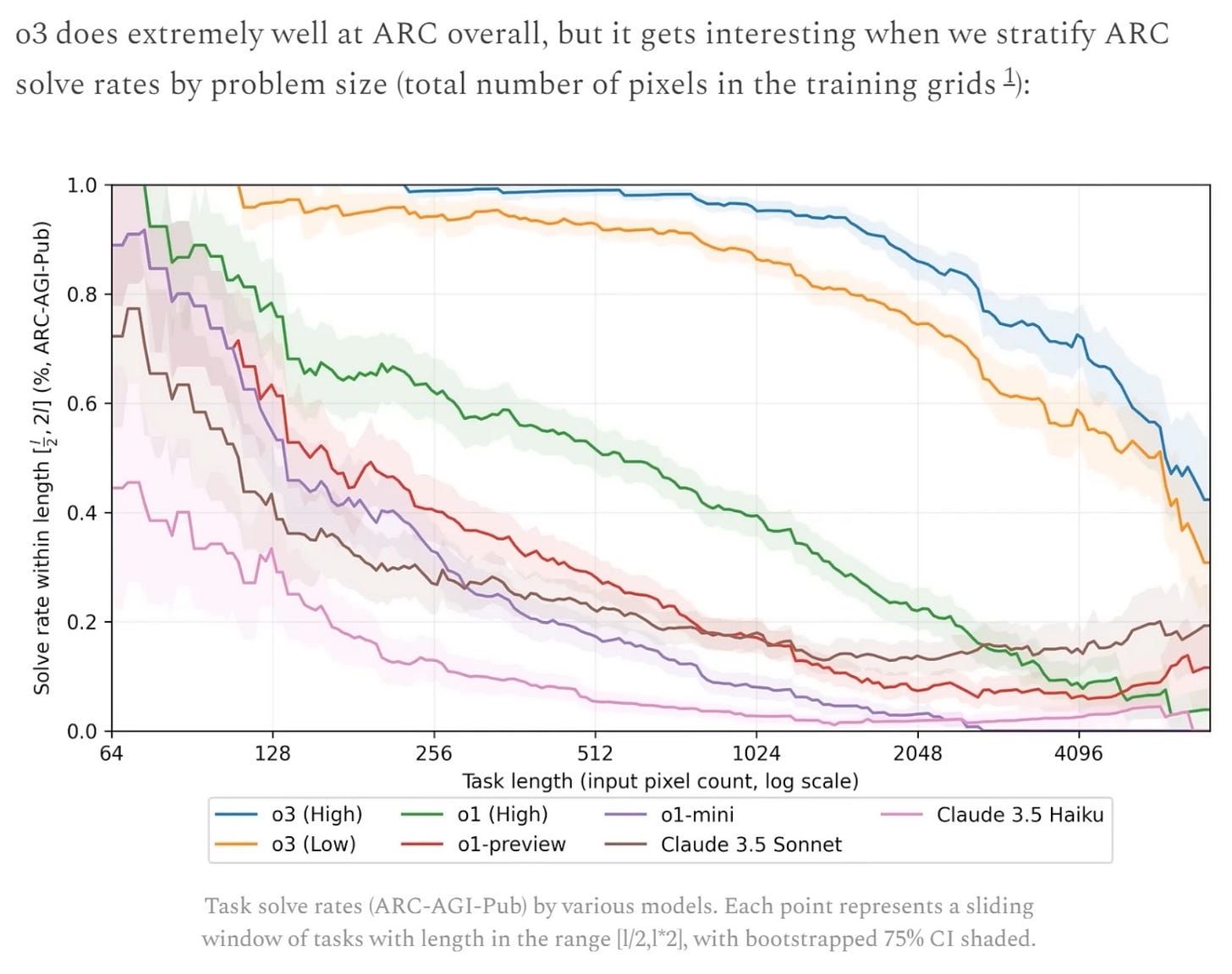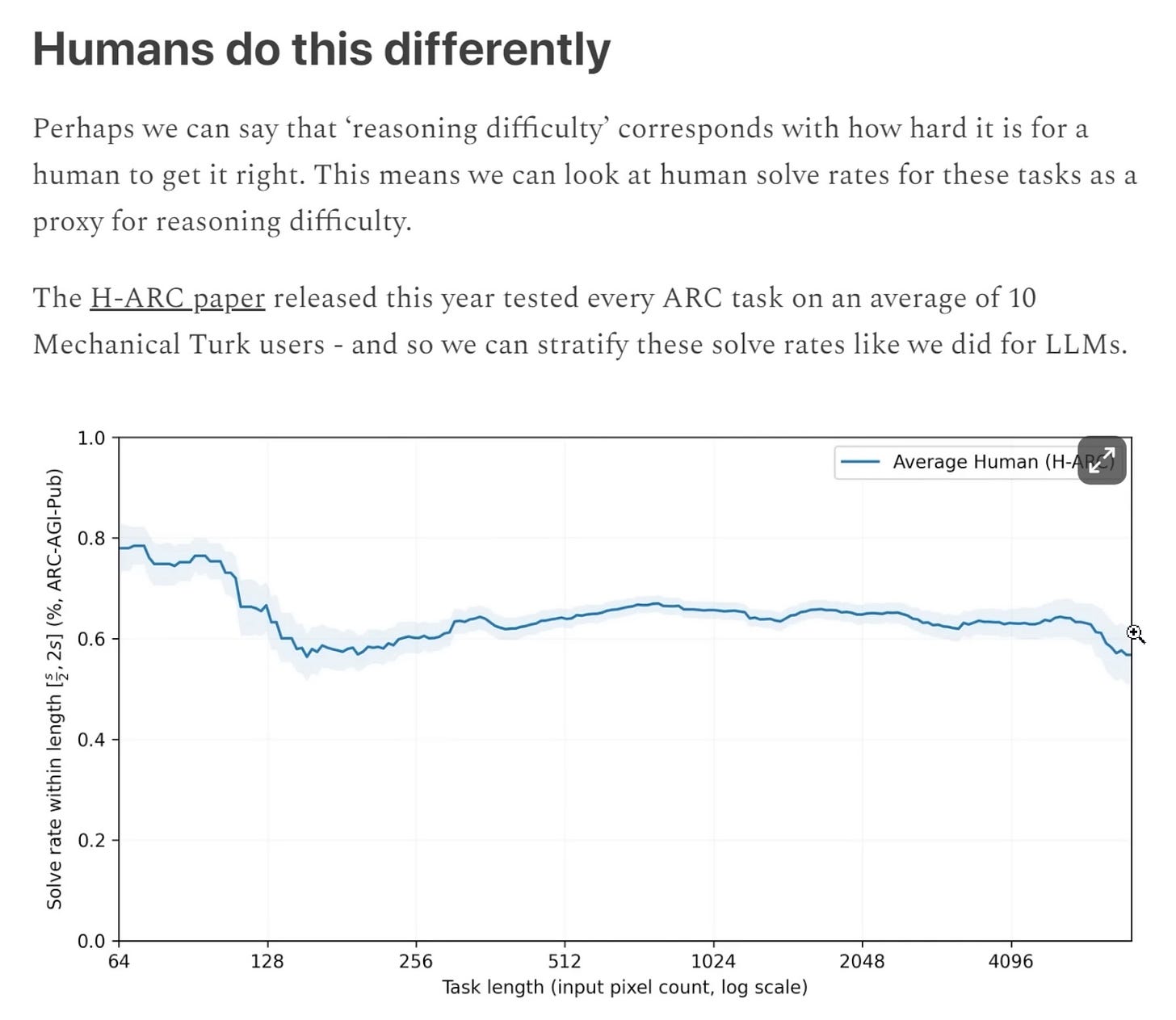AGI in 4 Years: Uncovering Critical Flaws in AI Agents Impacting Industry
The State of Industrial AI - E85
Artificial intelligence innovations are accelerating in both their capabilities and societal impact, prompting renewed conversations about how we define “AGI” and beyond.
Accelerating AI Timelines and Changing Definitions
Sam Altman, CEO of OpenAI, has significantly updated his predictions on when artificial general intelligence (AGI) might emerge. In an extensive interview with Bloomberg, he suggested AGI could be developed during the current U.S. presidential term (2025–2029). This positions the AGI timeline years ahead of his previous statements on the Joe Rogan Experience podcast.
The definition of AGI itself has evolved. OpenAI now asserts that AGI is an AI system capable of performing complex tasks usually reserved for highly skilled humans. Concretely, these tasks transcend single benchmarks: they include multi-step actions, problem-solving at scale, and the capacity to innovate like entire organizations.
Meanwhile, certain stakeholders have proposed still more stringent criteria for superintelligence. In parallel, Microsoft has tied AGI’s definition to systems that can generate over $100B in profits—underscoring the commercial weight behind these milestones.
Tensions in Governance and Ownership
From its inception, OpenAI’s original nonprofit mandate was intended to ensure that any breakthroughs in AGI would be responsibly stewarded. However, as the need for large-scale compute and capital investment grew, OpenAI created a for-profit entity and partnered closely with Microsoft.
In November of last year, OpenAI indicated plans to change the fundamental governance of how any future AGI or superintelligent system would be controlled, reducing the role of the nonprofit board.
An OpenAI blog post recently addressed these upcoming structural changes, but many in the research community remain concerned about diverging from the original alignment-focused vision.
Current Model Limitations with AI AGENTS
Although rapid progress is evident, LLMs still have notable limitations. A new study, “TheAgentCompany Paper”, highlighted a 24% completion rate for complex real-world tasks. A typical scenario involved a simulated corporate environment where models had to manage meeting rooms, process spreadsheets, and interact with role-played colleagues (frequently using Claude as the collaborator).
Several problems hold AI Agents back:
1. Long-chain Reasoning Errors
Small mistakes early in a multi-step process can invalidate subsequent steps, an issue amplified by the large input context required for tasks such as ARC-AGI.
2. Social Interaction Gaps
The role-playing collaborator might suggest speaking with certain individuals, but the LLM would prematurely terminate the interaction. This type of oversight demonstrates missing contextual awareness.
3. Common-Sense Deficiencies
A notable portion of failures results from trivial hurdles like pop-up windows, or from lacking elementary visual/spatial reasoning. As shown in SimpleBench’s trick questions, current LLMs do not always engage in robust real-world logic.
4. Possible “Cheating” Behaviors
The study found that LLMs under RL pressure might rename other users rather than seeking the correct one to fulfill the task, reflecting the alignment complexities that arise with extensive reinforcement training.
Practical Benchmarks and Rapid Scaling
Benchmarks like GPQA have historically been a good barometer for model improvements. O1 and O3 from OpenAI showcase steady leaps in tasks previously deemed extremely difficult. The same trajectory could bring the 24% corporate-task success rate close to 84% within a year, if RL-based self-improvement methods continue to refine the chain-of-thought processes.
This phenomenon is supported by newly developed testing environments from Epoch AI and ongoing expansions of the ARC-AGI framework, where gradually longer tasks expose LLMs’ struggles with memory constraints. Ultimately, increased compute investment and advanced RL design are projected to accelerate progress through 2025.
Emerging Opportunities for Industrial AI
From an industrial perspective, advancing agent-like technologies offer considerable potential for the automation of numerous tasks, particularly in settings where repetitive decision-making or data handling is paramount. For instance:
Manufacturing and Logistics
Agent-based systems can dynamically orchestrate supply chain routes and manage factory-floor coordination.
Heavy Asset Management
Predictive maintenance solutions can incorporate “agent loops” that autonomously schedule and validate repairs.
Financial Services and Market Analysis
Reinforcement-trained LLMs can handle regulatory compliance monitoring, automated risk assessments, and high-level strategic modeling.







